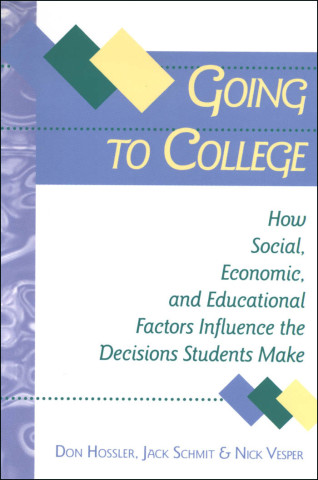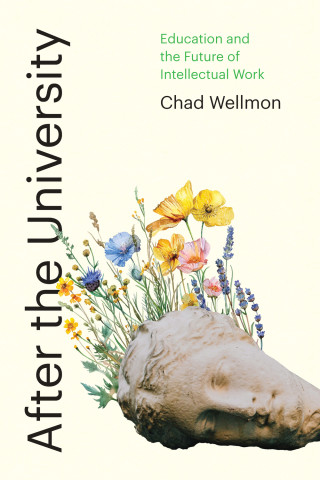Going to College tells the powerful story of how high school students make choices about postsecondary education. Drawing on their unprecedented nine-year study of high school students, the authors explore how students and their parents negotiate these important decisions. Family background, finances, education, information—all influence students' plans after high school and the career paths they pursue, as do the more subtle messages delivered by parents and counselors which shape adolescents' self-expectations. For high school guidance counselors, college admissions counselors, parents and...
Going to College tells the powerful story of how high school students make choices about postsecondary education. Drawing on their unprecedented nine-year study of high school students, the authors explore how students and their parents negotiate these important decisions. Family background, finances, education, information—all influence students' plans after high school and the career paths they pursue, as do the more subtle messages delivered by parents and counselors which shape adolescents' self-expectations. For high school guidance counselors, college admissions counselors, parents and teachers, and public policy makers, this book is a valuable resource that explains the decision-making process and helps adults to help students make appropriate choices.
The authors identify predisposition, search, and choice as the three stages in the student decision-making process. Predisposition refers to the plans students develop for education or work after they graduate from high school. The search stage involves students discovering and evaluating a variety of colleges and universities. In the choice stage, students choose a school to attend from among a list of institutions that are being seriously considered. Understanding exactly how students move through the predisposition, search, and choice stages of the college decision-making process can help students and parents prepare themselves for this process and consider a wider array of options. For education professionals, understanding this process can lead to new initiatives to guide students and families effectively—by providing better incentives for college savings, for example, or devising more effective early information programs about postsecondary education.
Going to College is the first book to seriously study over an extended period the decisions that have a pervasive and lasting impact on individual careers, livelihoods, and lifestyles. The authors conclude with important recommendations for improving academic support, exploring various financial options, providing early encouragement—in other words, for recognizing the factors that influence students' decisions, and knowing when to pay attention to them.






